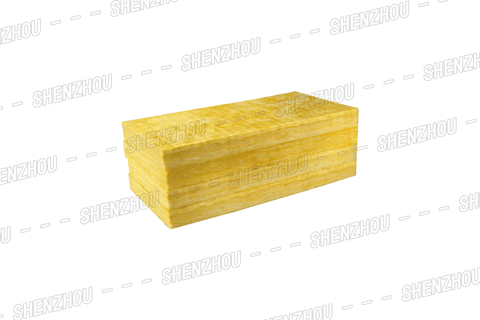
Is glass wool the same as fiberglass?
5/31/20245 min read

Glass wool and glass fiber, these two terms are often mentioned in the field of materials science, and there is indeed a certain connection between them, but they are not exactly the same. In order to more accurately understand the differences and connections between them, we need to delve into their properties, uses, and manufacturing processes.
Categories
Popular
Applications of Glass Wool Board:
Interior Wall Compartments:
Enhances the functionality and aesthetics of interior spaces.
Ceiling Systems:
Provides effective insulation for ceilings, contributing to energy efficiency.
Insulation of Iron Sheet Air Ducts or Bellows:
Ideal for insulating ductwork, ensuring thermal efficiency.
Sound Absorption and Noise Reduction:
Reduces noise levels in machine rooms, creating a quieter working environment.
Exterior Wall Insulation:
Offers insulation for residential building exteriors, contributing to energy savings.
Glass Wool Insulation





Firstly, let's take a look at glass wool. Glass wool is a type of artificial inorganic fiber, which is loose and slender in shape like cotton. This material is known for its excellent thermal insulation performance and sound absorption and noise reduction characteristics. The manufacturing process of glass wool usually involves fibrosis of the molten glass, forming a fiber structure similar to cotton. This structure makes glass wool widely used in the field of insulation, such as insulation of building walls, roofs, and pipelines. In addition, glass wool is also used for acoustic treatment in places such as cinemas and music halls due to its excellent sound absorption performance.
Glass fiber, on the other hand, is an inorganic non-metallic material with excellent performance. It is made from six types of ores, including pyroxene, quartz sand, limestone, dolomite, boron calcium stone, and boron magnesium stone, through high-temperature melting, drawing, winding, weaving and other processes. The diameter of its single filament ranges from a few micrometers to over twenty micrometers, which is equivalent to 1/20-1/5 of a hair strand. Each bundle of fiber strands is composed of hundreds or even thousands of single filaments. Fiberglass is usually made into shapes such as yarn, tape, felt, cloth, and tube, and is widely used as a reinforcing material, electrical insulation material, and thermal insulation material in composite materials. It is widely used in aerospace, transportation, electronic and electrical, construction, chemical, metallurgy, and other fields.
From the above description, we can see that glass wool and glass fiber have certain similarities in material composition and manufacturing process. They are all based on glass material and obtain the required structure through fibrosis treatment. However, in terms of application areas and performance characteristics, they show significant differences.
Glass wool is mainly used for insulation, sound absorption, and noise reduction. Its loose fiber structure gives it good thermal insulation and sound absorption properties. Glass fiber, on the other hand, is widely used in many fields due to its excellent mechanical properties, electrical insulation performance, and corrosion resistance. In addition, glass fiber also has characteristics such as high strength, high modulus, high temperature resistance, and corrosion resistance, making it irreplaceable in high-end fields such as aerospace and transportation.
When comparing the performance of the two, we also need to pay attention to their differences in different application scenarios. For example, in situations where thermal insulation and mechanical properties need to be considered simultaneously, glass fiber may have more advantages; In situations where it is necessary to emphasize sound absorption and noise reduction performance, glass wool may be more suitable. In addition, due to differences in manufacturing costs and processes between the two, their market prices also differ, which also needs to be considered in specific applications.
Overall, although glass wool and glass fiber are both inorganic fiber products based on glass materials, they have differences in performance characteristics, application areas, and manufacturing costs. In practical applications, we need to choose appropriate materials based on specific needs to fully leverage their performance advantages and reduce costs. Meanwhile, with the continuous advancement of technology and the improvement of manufacturing processes, we have reason to believe that the performance and application fields of glass wool and glass fiber will be further expanded and optimized.

Why Choose SHENZHOU Glass Wool Board?
SHENZHOU® Glass Wool Board not only meets the essential requirements of thermal insulation but also excels in sound absorption and noise reduction. Its adaptability to various settings, coupled with the convenience of construction and installation, positions it as a leading choice for architects, builders, and contractors.
In conclusion, the broad application prospects of SHENZHOU® Glass Wool Board make it a comprehensive solution for enhancing comfort, energy efficiency, and acoustic performance across diverse projects. Choose SHENZHOU® for insulation solutions that go beyond expectations.










About Us
Click the button below to get more information about us
Newsletter
Click to subscribe for more information
Follow Us
Contact Us
Address
Dacheng town, Langfang City, Hebei province, China
Phone
+86 185 03165 626


